Table of Contents
ToggleHere are the 10 parts of scissors – basic learning for hairstylists
Professional hairstyling shears might appear simple but they are rugged tools that have a lot of science behind them. Different hair cutting techniques require different types of shears. Shears can have different types depending upon the handle design, screw type, blade edge and finish. This article discusses the various parts of scissors and attempts to explain the importance of each. Understanding of various parts of scissors is important for professional hairstylists as it helps them choose the right tool for the right job.
What are the most important parts of scissors?
All scissors have finger rings, pivot screw, two blades, two shafts, and the point or shear tip.
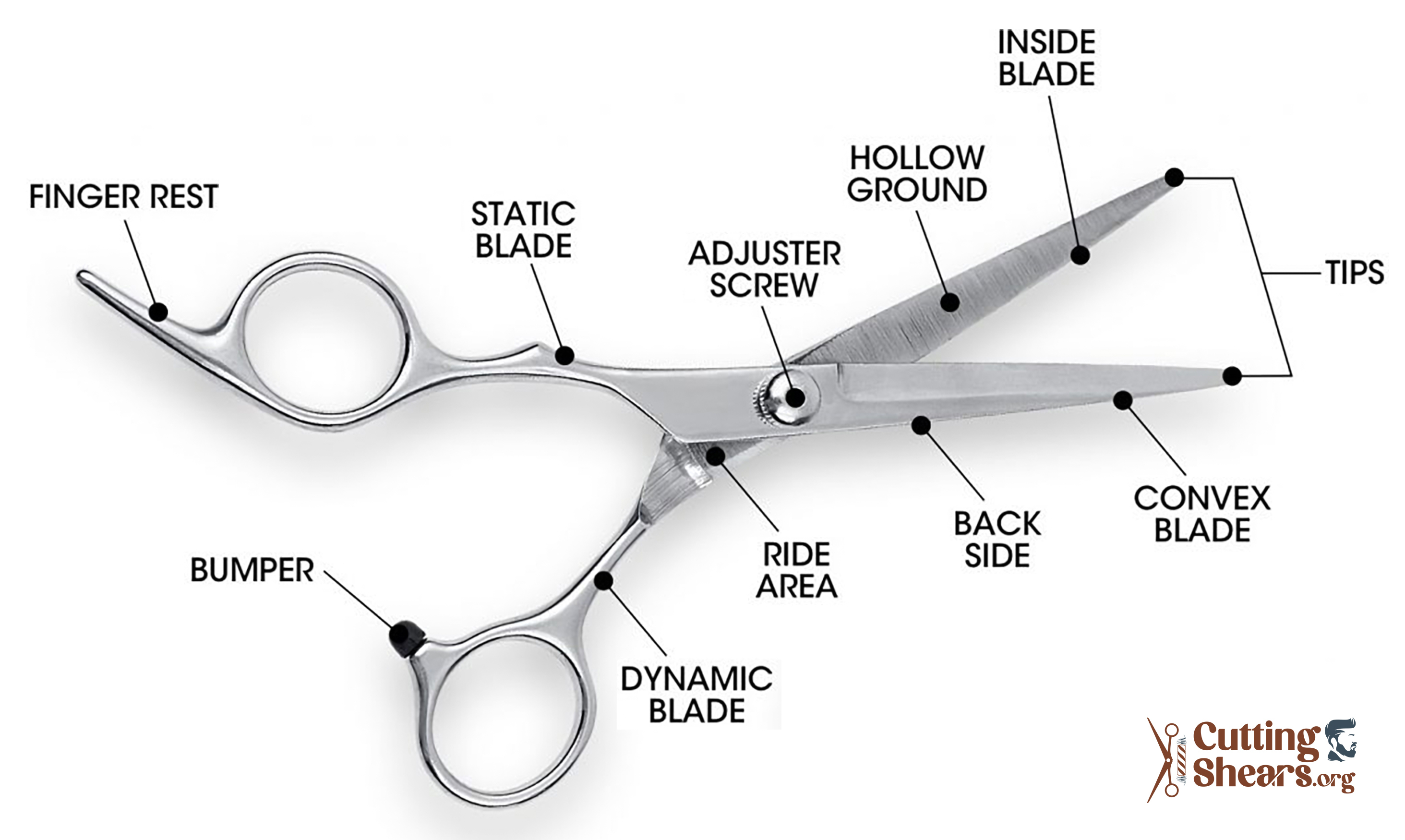
1. Finger Rings
It is one of the most essential parts of scissors – all scissors have two finger rings. The index or middle finger goes in one of the rings while the thumb goes in the other one. For single swivel scissors, one of the rings is movable where for double-swivel rings, both rings are movable. The position of finger rings relative to one another define the handle type.
2. Shaft
The shaft serves as the connecting rod from the screw to the handle, and it’s available in several finishes, with a preference for the most polished one. As a professional hairstylist, you can choose a plain or slightly curved shaft design depending on the handle type you prefer. The handle consists of the shaft and the finger ring, and there are three distinct handle designs: the offset handle, crane handle, and classic handle.
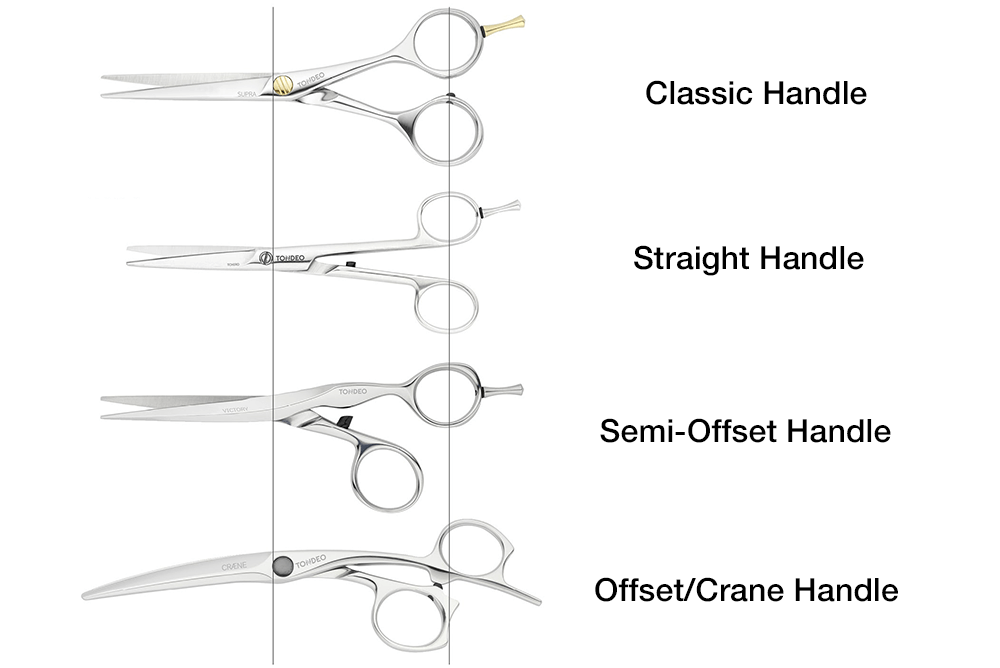
Each handle style, including the crane handle, has its own benefits and drawbacks. For example, the classic handle excels at point cutting. Understanding the different parts of scissors can assist you in selecting the appropriate shear for your hairstyling needs.
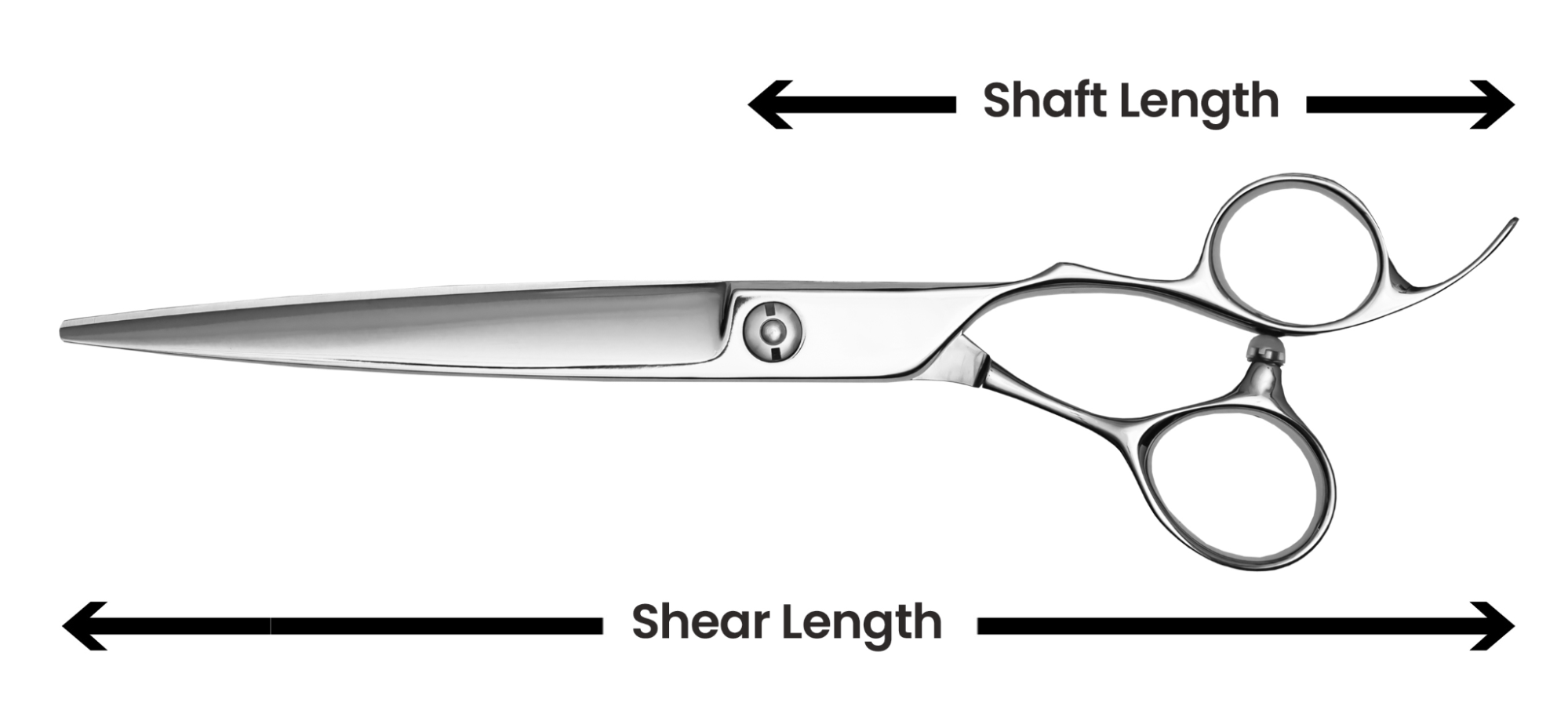
It’s worth noting that the shaft length refers to the distance from the screw to the finger ring, while the shear length refers to the total length from tip to finger ring.
3. Insert Rings
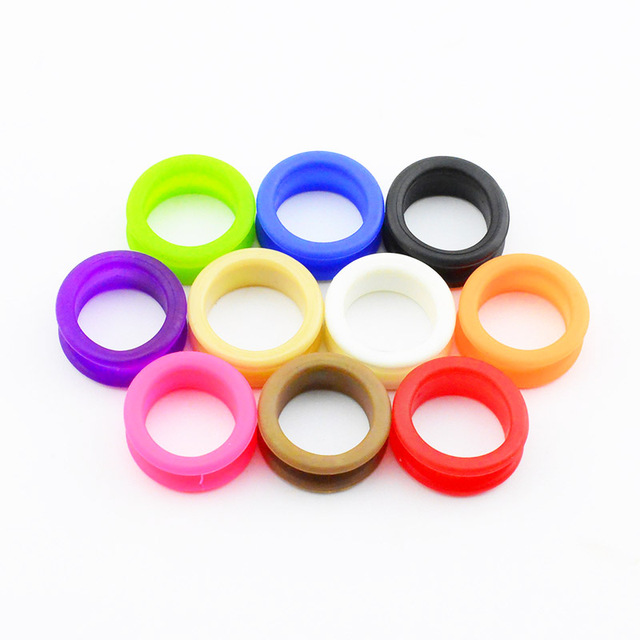 Insert Rings are a straightforward yet valuable accessory. While most professional shear manufacturers, such as Hanzo, design shears to fit standard hand sizes after conducting extensive research and market testing, some individuals may have hands that are either smaller or larger than average. In such cases, using insert rings can solve the problem. Simply place a ring inside the finger rings of the shear, and you will have a 100% fitting shear.
Insert Rings are a straightforward yet valuable accessory. While most professional shear manufacturers, such as Hanzo, design shears to fit standard hand sizes after conducting extensive research and market testing, some individuals may have hands that are either smaller or larger than average. In such cases, using insert rings can solve the problem. Simply place a ring inside the finger rings of the shear, and you will have a 100% fitting shear.
4. Stopper
A Stopper is a rubber or plastic insert that prevents the finger rings from colliding during shearing. They are important parts of scissors whose primary function is to make the shear motion smoother and to prevent the shears from wearing out quickly. High-end shears from Scissortech, Jaguar scissors, and Hattori Hanzo all feature a stopper.
5. Pivot Screw
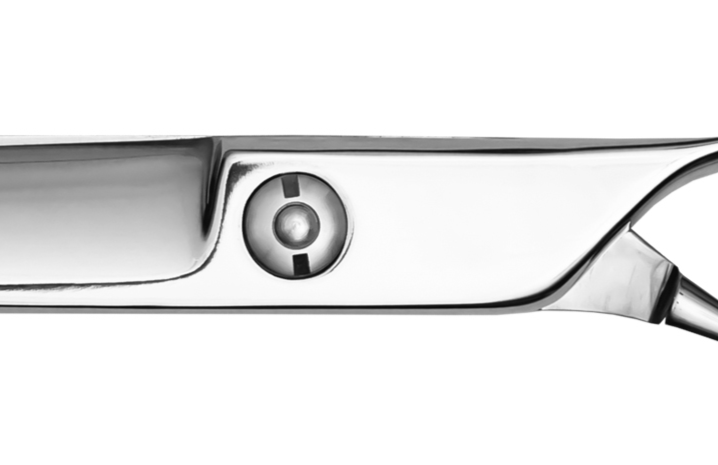 The Pivot Screw is the component that binds the two blades together. It’s worth noting that there are several pivot screw types used in professional hairstyling shears. Some shears use a countersunk locking tension control pivot screw while others use a ball bearing pivot screw. It is an important part of scissors whose tension might need to be adjusted from time to time for smooth functioning.
The Pivot Screw is the component that binds the two blades together. It’s worth noting that there are several pivot screw types used in professional hairstyling shears. Some shears use a countersunk locking tension control pivot screw while others use a ball bearing pivot screw. It is an important part of scissors whose tension might need to be adjusted from time to time for smooth functioning.
6. Inner Blade
The Inner Blades refer to the blade ends that face each other, and their sharpness is crucial for a proper haircut. Dull inner blades can result in an improper cut. Sharpening services can be employed to sharpen the inner blades. Check out this amazing guide for sharpening scissors at home.
7. Blade and Ride Line
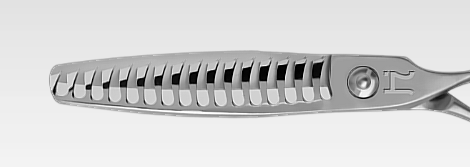

The Blade refers to the entire cutting component, including both the inner and outer blades. Interestingly, there are two blade styles available. If you use German shears, you’ll likely have beveled blades. Conversely, Japanese shears, which are my personal preference, typically feature convex blades. Blade style is the primary differentiator among various cutting techniques. Smooth blades are used in cutting shears, while toothed blades are used in texturizing shears. Texturizing shears have several subcategories based on the number of teeth.
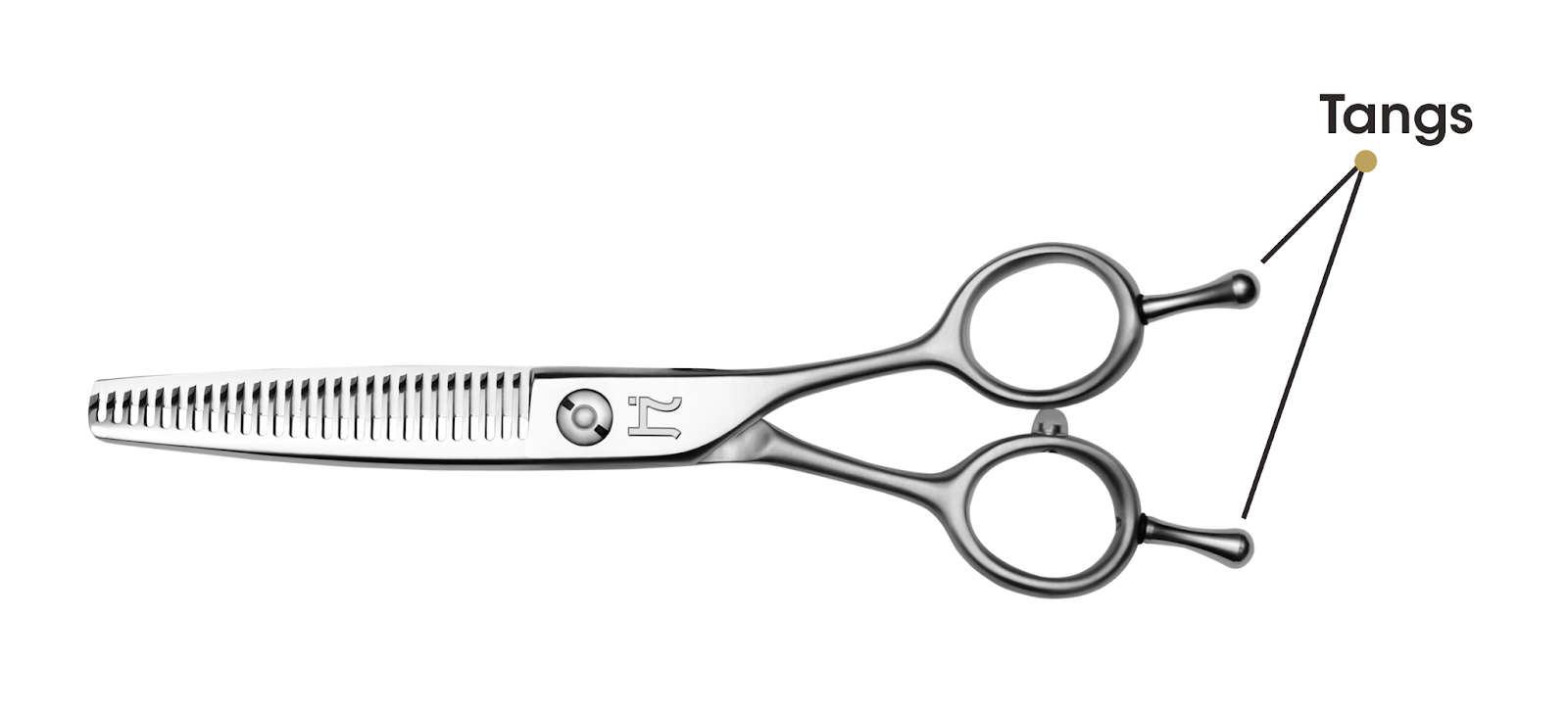
8. Tangs or Finger Rest
Tangs are detachable extensions that hairstylists can use to rest their pinky fingers on. Their usage depends on personal preference, with some hairstylists finding them comfortable while others do not. If tangs are bothersome, they can be easily twisted and removed.
9. Point or Shear Tip
The point or tip refers to the place where both blades meet when the two finger rings touch each other. This area is particularly important when practicing certain techniques, such as point-cutting.
Scissors might seem straightforward, but they have several complexities. Understanding the different parts of scissors can aid in selecting the appropriate shear for a specific task.
Parts of Scissors – FAQ
Why is the point or shear tip important?
The point or shear tip refers to the place where both blades meet when the two finger rings touch each other. It is particularly important when practicing certain techniques, such as point-cutting.